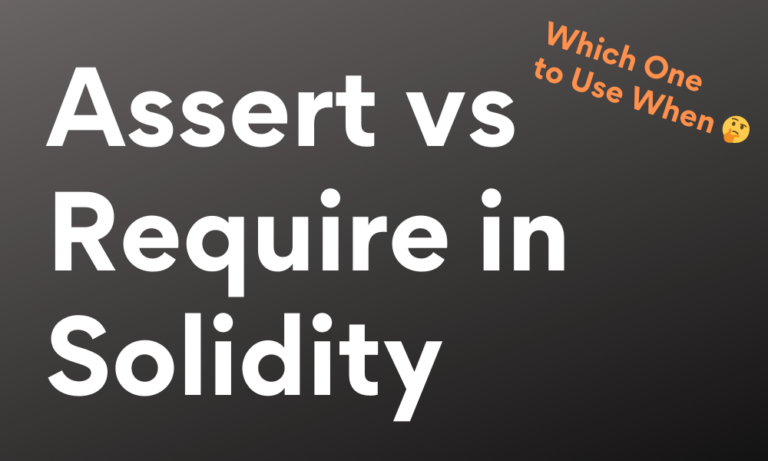We’re going to discuss Hybrid Blockchains, today. A hybrid of something usually refers to a mix of two or more things. Ever heard of a hybrid of a blockchain? Well, this type is the best of both worlds.
Let us know how!
The blockchain revolution is drastically and uniquely transforming the modern world. It is enabling organizations, governments, and other institutions to flourish systems with better solutions and handle workflow in better ways.
It has far changed the way how humans store data, access it, and use it to boost the incessant cycle of technological growth. It also impacted another aspect of technology, which is secure and has changed how people place their trust in a network.
If you have read a bit about blockchains, you must have come across their different types namely, Public Blockchains and Private Blockchains. You can click the links to read in detail about them. I will still explain about what are the two below.
The third type of blockchain is hybrid blockchains, which are of our interest today. The hybrid blockchain is the blend of both the worlds, both private and public blockchain networks. Enterprises/organizations gain the ability to exercise better control over what they actually want to achieve instead of changing their plans because the technology was so limited!
Blockchain technology can be used for both financial and non-financial purposes. Hybrid blockchains make it impossible to tamper with the stored data or hack into the system.
Public blockchains are openly accessible for the world and are bringing people closer from across the globe. In contrast, a private blockchain network makes sure that a closed ecosystem is maintained and only a chosen number of users be on the network, encouraging outsiders.
Let us know a little more about Public and Private Blockchains.
What is a Public Blockchain?
A public blockchain is without limitations. It is accessible by anyone and everyone with an internet connection and is allowed to validate blocks and send transactions.
Generally, public networks tend to offer some form of encouragement/incentive to people who validate blocks.
The architecture of a public blockchain favors users to download the protocol anytime, without any permission from anyone. Overall, the network is completely decentralized, without any central authority like governments or banks, exercising control over the ecosystem.
What is a Private Blockchain?
A private blockchain is developed and maintained by a private organization/firm. The mining process and consensus algorithm are controlled by the owning firm. In this type of blockchain, users who will join and use the network and download nodes are solely decided by the private organization.
Well, you’re right if you think it isn’t so decentralized. No one on this type of blockchain is allowed to read, write or audit the system anytime. Moreover, the owning organization may even override the blockchain command or delete it if they please!
Private blockchains use a shared or distributed ledger, access to which only chosen users by the organization, is given.
So, What’s a Hybrid Blockchain?
The best definition of hybrid blockchains is that they try to offer the best share of both private and public blockchain solutions. Ideally, a hybrid blockchain refers to a system with controlled access and at the same time, freedom.
The architecture is such that it is not publicly available for everyone to use however, it still offers the typical blockchain features like integrity, security, and transparency.
The architecture of hybrid blockchains is fully customizable. The users/member of it may even decide who can participate in the network or which transactions are openly available. Bringing the right blend of both worlds, this technology ensures an enterprise can function efficiently with its stakeholders.
Advantages of Using Hybrid Blockchains
Now that we know what hybrid, private, and public blockchains are, let us check out some of their advantages.
- Functions in a closed ecosystem – A crucial advantage of hybrid blockchains are their ability to work in a closed ecosystem. Meaning, organizations don’t have to worry about information leaks while enjoying the technology’s offerings.
- Protection from 51% of attacks – Hybrid blockchains have immunity to 51% of cyber-attacks because their security protocols prevent hackers from getting access to the network and prowl away with sensitive data.
- Privacy protection along with Interaction with the outer world – Although private blockchains are the best solution for curbing privacy-related issues, they are still limited when it comes to interacting with the world outside. Privacy is key to companies but communications with the shareholders including the public, is even more. Hybrid networks offer a blend of both these features.
- Lower transaction costs – As if all of that wasn’t enough, hybrid blockchains even come with a comparatively lower cost of transactions. It only requires a few nodes to transactions as the reason they are bound to be cheap. Powerful nodes in the network make the transactions verification process easier to verify. Had this been on a public ledger, it may take thousands of nodes. The transaction fees can be as cheap as even $0.01 per transaction!
Conclusion
Hybrid Blockchain is what we are going to discuss today. A hybrid of something usually refers to a mix of two or more things. Ever heard of a hybrid of a blockchain? Well, this type is the best of both worlds. Read this post to learn how.





